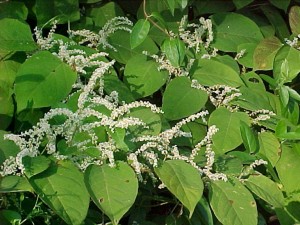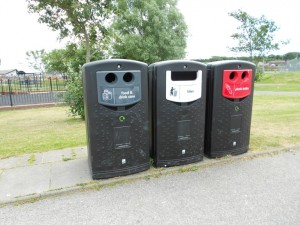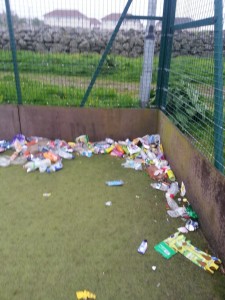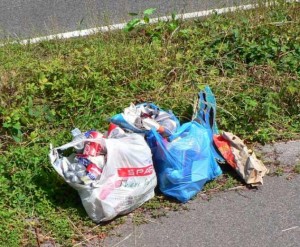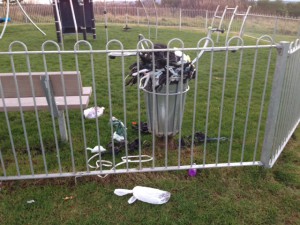
Aberdeenshire Council has developed a strategy and action plan to try and alleviate the problems caused by gulls nesting and scavenging in our communities, including attacks on people. Whilst the Council has no statutory duty to take action against gulls it does recognise the need to protect communities. The Council has employed the services of a falconer to operate in various locations between April and September, and as a building owner, will continue to take steps to deter gulls from nesting and will arrange for removal of nests and eggs. The council cannot deal with the this issue alone and requires the active involvement of the public and businesses, in particular-
Building owners and occupiers
Owners of food and take aways, and other businesses
General public and community groups.
The leaflet – Survivor’s Guide to Living with Urban Gulls – gives practical advice to the public, building owners and businesses on what you can do to help reduce the problem.
Survivor’s Guide to Living with Urban Gulls (pdf 966 KB)
If you have problems with Seagulls there are several methods of discouraging them from roosting on your premises.
Aberdeenshire Council has established agreements with a company to provide seagull control services for residents and businesses in Aberdeenshire. These services commenced on 1 April 2014 for a period of 3 years
| Service provided by: | Pro-Check Environmental Services Northern Ltd, Unit 1, Barlow Avenue, West Pitkerro Industrial Estate, Dundee, DD5 3RS |
| Contact Details: | 0844 800 6484 |
| Scope of Service: | The Agreement covers seagull control to any domestic or commercial premises in Aberdeenshire. Should you wish to employ Pro-Check Environmental Services Northern Ltd you require to contact them directly to arrange an appointment, and agree to their payment terms. Aberdeenshire Council is not party to individual contracts between the owner/occupier and Pro-Check and is not involved in collecting or making any payment. |
| Prices: | Prices will vary depending on the circumstances pertaining at individual premises and may be subject to a survey. All prices are subject to change should access equipment be required. All buildings higher than two storeys will require access equipment and will require a survey to be carried out. |
| Removal of nest and eggs from single storey building | £57.60 (including VAT and expenses) |
| Removal of nest and eggs from two storey building | £96.00 (including VAT and expenses) |
| Erecting anti nesting devices around chimney head on single or two storey building: | |
| (a) 2 cans
(b) 3 cans Extra cans |
£162.90 (including VAT and expenses)
£172.50 (including VAT and expenses) £24.00 per cans (including VAT and expenses) |




